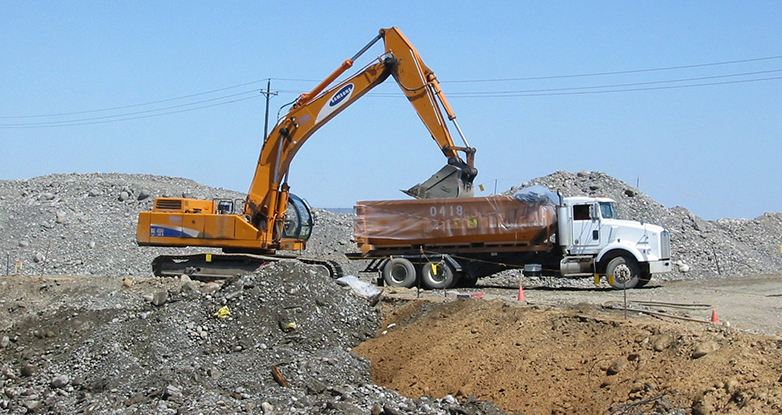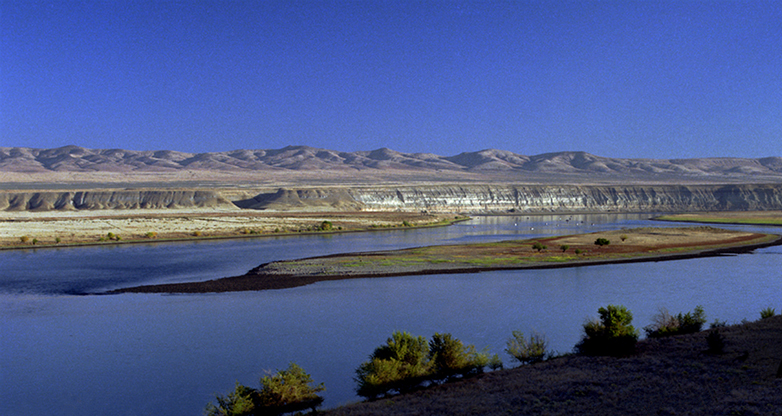Hanford cleanup process
Cleanup at Hanford follows environmental laws and regulations intended to protect human health and air, land, and water resources. Cleanup activities began in 1989 when Washington state entered the Tri-Party Agreement with EPA and the U.S. Dept. of Energy.
Ecology is responsible for regulating chemical and hazardous waste cleanup under the Resource Conservation & Recovery Act. Although it is a federal law, we have a charter to enforce it in our state. EPA Region 10 (Pacific Northwest) oversees the Comprehensive Environmental Restoration and Liability Act, more commonly known as Superfund, at Hanford.
Our mission at Hanford is to ensure that the cleanup process protects human health and the environment.
Energy and its contractors notify us when they intend to clean up a specific site. Each cleanup requires a detailed plan outlining the work to be done. This must include mitigation plans stating how dust will be controlled, whether there will be impacts to groundwater, and how the site will be restored when cleanup is complete.
Regardless of the regulatory authority, Energy and its contractors develop cleanup plans and perform the actual cleanup. We review those plans to make sure they follow the laws and regulations. Depending on the circumstances, we may request that Energy and its contractors do more than the minimum required by law.
There are three main reasons:
- The large scale of the project and the amount of contamination at the site.
- There are no industry standard tools or procedures that cover the type of cleanup required — both toxic and radiological. Much of the work being done at Hanford is the first of its kind in the world.
- Funding: Yearly Hanford appropriations fall short of what is needed to keep cleanup on track, extending the timeline for cleanup. Read more in Lowering Hanford’s Price Tag.
Cleaning contaminated soil from an underground tank at a gas station is straightforward. But cleaning millions of tons of soil holding both toxic chemical and radioactive contaminants is much more difficult and complex. For example, when workers move soil, they survey it for radiation and spray water on it to ensure contamination doesn't spread.
New tools and technologies had to be developed to retrieve waste from the site's 177 underground storage tanks, with each holding as much as a million gallons of radioactive and toxic chemical waste. About one-third of that waste is liquid, another third is crystallized, and the final third is thick sludge. Each type presents its own challenge and requires specialized tools that didn’t previously exist. All work is performed remotely, and electronic equipment wears out fairly quickly due to radiation exposure.
Energy manages Hanford and hires contractors to do cleanup work. Ecology and EPA oversee cleanup activities to ensure that federal and state environmental laws are followed. All three agencies have agreed on cleanup milestones intended to ensure that the cleanup is thorough and protective of people and the environment. For this to occur in a timely manner and on a predictable schedule, Hanford needs adequate and stable funding.
What can you do?
Get involved! You can support cleanup efforts by:




